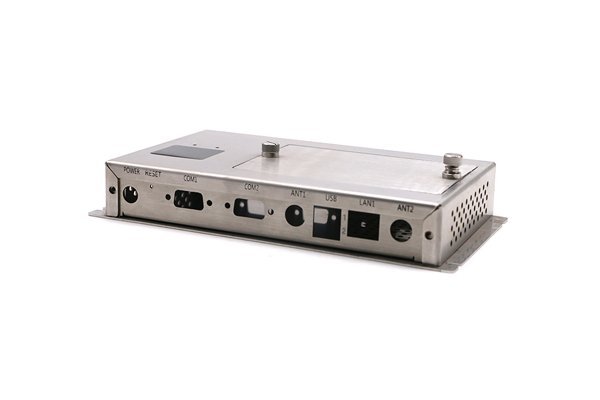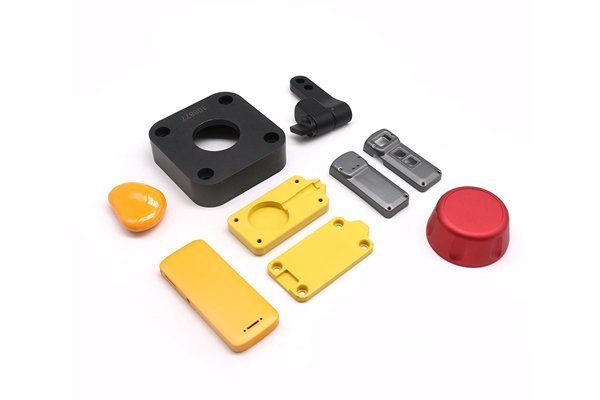Opening:
Did you know that scrap rates in manufacturing can account for up to 30% of total production costs? For the CNC (Computer Numerical Control) machining industry, this statistic becomes even more concerning. As companies strive to improve efficiency and cut costs, reducing scrap rates is more than just a good idea; it’s a strategic necessity. In this blog, we will delve deep into how to effectively reduce scrap rates during CNC processing, optimizing both quality and profitability.
—
CNC processing is pivotal in transforming raw materials into precision-engineered components. However, the competition is fierce, and maintaining high production efficiency while minimizing waste is critical. Scrap rates refer to the percentage of materials wasted during the manufacturing process, including materials that are cut off, misshapen parts, and those that fail quality checks.
High scrap rates can cripple a manufacturing operation financially. Reducing these scrappy misadventures can lead not only to a leaner production process but also to enhanced overall profitability. This blog explores various strategies to help manufacturers lower scrap rates during CNC processing, ensuring higher efficiency with every operation.
—
Before implementing solutions, it’s essential to identify the common culprits of scrap generation in CNC machining:
By understanding these factors, operators can develop tailored strategies to eliminate or mitigate their effects.
—
Routine machine maintenance is crucial for CNC efficiency. A well-maintained machine operates with greater precision, which directly translates to lower scrap rates. Here are some best practices:
By proactively maintaining equipment, companies can avoid unexpected downtimes and improve the machine’s capability to produce defect-free parts.
—
The choice of tooling directly influences both quality and efficiency. To minimize scrap rates, manufacturers should consider:
Tailoring tool selection to the specific machining operation can significantly decrease scrap generation.
—
Programming is another area where improved techniques can lead to reduced scrap rates. Detailed and accurate programming strategies include:

By employing precise programming techniques, manufacturers can reduce potential errors and scrap rates during production.
—
Investing in operators’ training is one of the most effective ways to reduce scrap rates. Key training programs should focus on:
A well-trained workforce can dramatically decrease the chance of scrap by ensuring that operators follow best practices and respond effectively to issues.
—
The foundation of any good product is quality raw materials. To reduce defects at this level:
By investing in high-quality materials, manufacturers can minimize defects that lead to scrap during the machining process.
—
Lean manufacturing focuses on eliminating waste in all forms —including scrap. To implement lean principles effectively:
With these strategies, manufacturers can continually refine their processes, driving down scrap rates over time.
—
Integrating technology into CNC operations can provide real-time data analytics:
This proactive approach leads to consistent quality and allows for immediate intervention when problems arise.
—
Reducing the scrap rate during CNC processing is not merely a goal; it’s a crucial business strategy that enhances profitability and operational efficiency. By understanding the causes of scrap and implementing rigorous machine maintenance, selecting the right tools, utilizing advanced programming techniques, investing in employee training, ensuring material quality, and integrating technology into the manufacturing process, companies can significantly reduce waste and improve product quality.
Ultimately, the journey towards lower scrap rates is an investment in the health and sustainability of your manufacturing practices. Embracing these strategies will not only improve operational bottom lines but contribute to a more innovative approach in the ever-evolving landscape of CNC machining. As manufacturing continues to develop, being mindful of how waste is generated and eliminated remains essential for maintaining a competitive edge and promoting sustainable operations.
As you consider your CNC processing approaches, remember the significance of reducing scrap rates and the potential rewards that lie ahead. A focus on minimizing waste today will pave the way for profitability tomorrow.



